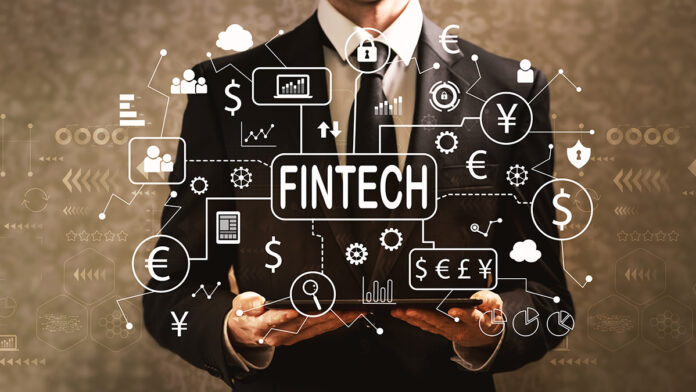Fintech, or financial technology, is also described as the fusion of financial services and information technology. Fintech has a long history that dates back over a century. The Fintech era can be subdivided into many over the centuries. There’s an age of infrastructure from 1886 to 1967, which includes the advent of the telegraph, railroads, and steamships, all of which enabled the faster flow of information across borders. It all came to a head in the 1950s when the first credit cards were introduced which made it possible for customers to carry less cash.
Following that was the period from 1967 to 2008, a long period marked by a shift from analogue to digital. The first portable calculator, the first ATM, and the establishment in the 1970s of NASDAQ, the world’s first electronic stock exchange and forerunner to the modern trading guide to the USD / CAD market as offered by online trading brokers are just a few of the highlights of this era. Bank mainframe computers were introduced in the 1980s, and internet banking was introduced in the 1990s, resulting in the birth of e-commerce. In the end, people’s attitudes toward money and their interactions with banks had shifted, and 2008 marked the end of this time.
The current Fintech era encompasses the aftermath of the 2008 recession, which has resulted in the rise of emerging markets, the development of Bitcoin and subsequent cryptocurrencies, and the global proliferation of smartphones, all of which have forever changed consumer behaviour. Fintech adoption is highest in China (69%) and India (52%) today, owing to the fact that neither country has built levels of Western physical banking infrastructure, necessitating the development of new solutions.
For one thing, if Fintech hadn’t evolved, forex trading would still be limited to a small group of people: tycoons, yuppies, investment bankers, and brokers. Anyone with power, a smartphone, and a desire to learn can now participate in the dynamic, interesting, and lucrative forex markets. Today’s trader has access to stable, fast payments, better analytics for accurate market charts and trade forecasts, and, eventually, a forum for safer markets thanks to fintech.
Robot-driven algorithms that give traders higher volumes of trades with much lower risk are the product of automation technology being a part of forex trading. Fintech also includes features such as machine learning and risk management tools, which can provide traders with programmes that forecast events in the near future, such as a market collapse. Fintech and forex have merged over time.
Fintech accounts, which simulate the actual machinations of the forex market and thus enable all interested parties to gain a foothold in the field of familiarity, are a key feature for those looking to learn before attempting to earn.
Follow and connect with us on Facebook, Linkedin & Twitter

